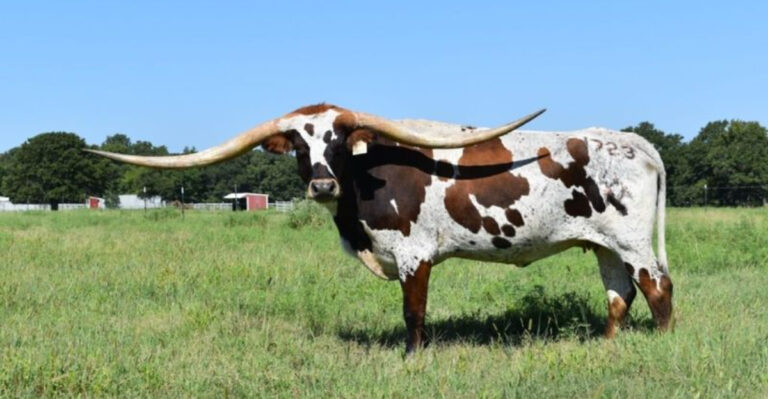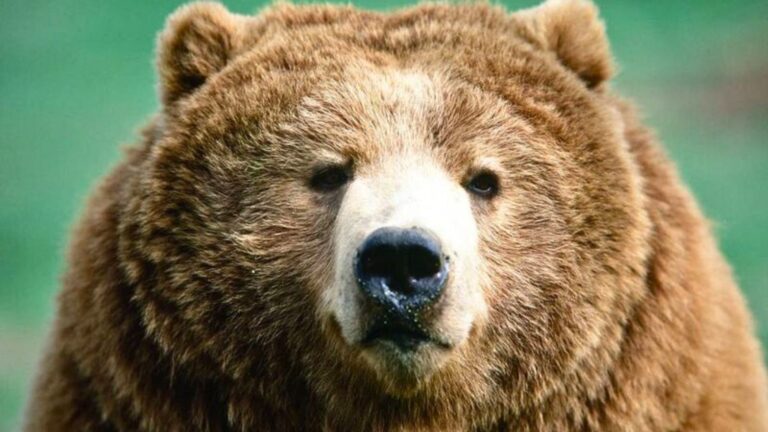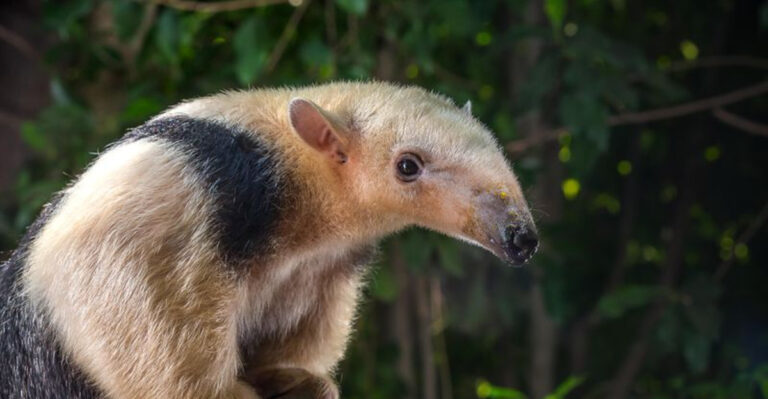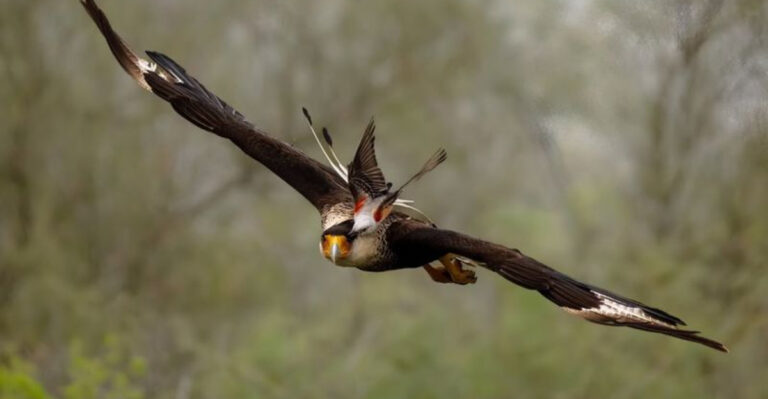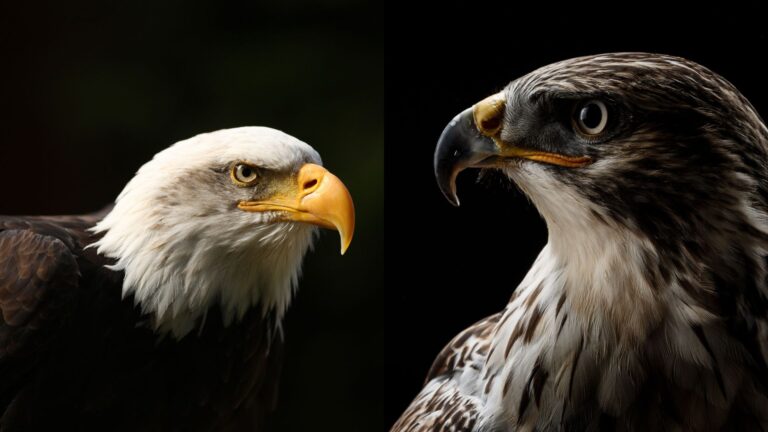17 Unexpected Predators That Hunt Hummingbirds (Some Will Shock You!)
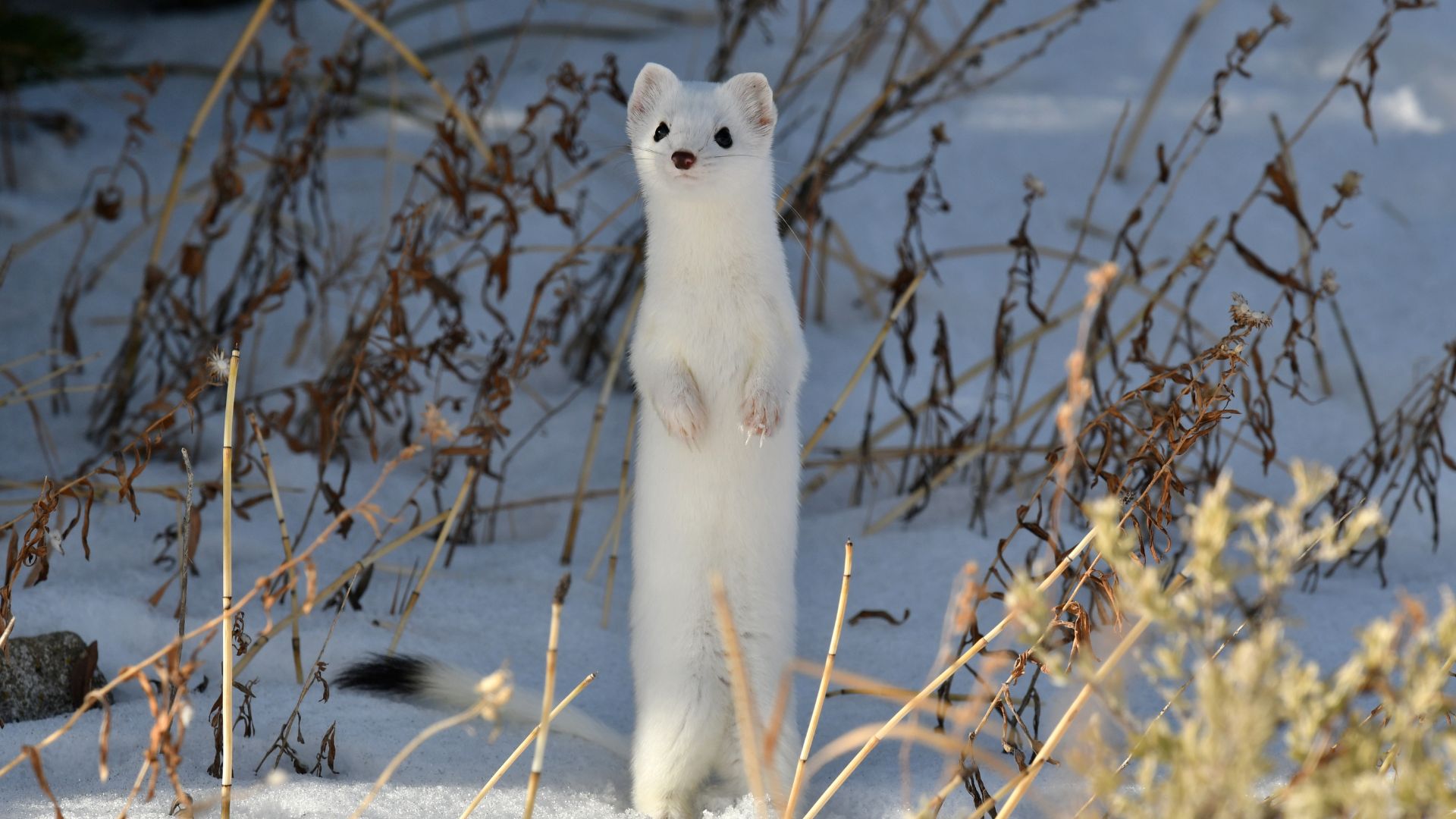
Hummingbirds, known for their dazzling colors and rapid wing flaps, are among the most fascinating creatures in the avian world.
However, despite their speed and agility, these tiny birds face threats from various predators driven by instinctual hunger and opportunity. Here are some surprising predators that hunt hummingbirds, let’s shed light on their unique methods and reasons for targeting these vibrant jewels of the air.
1. Weasel
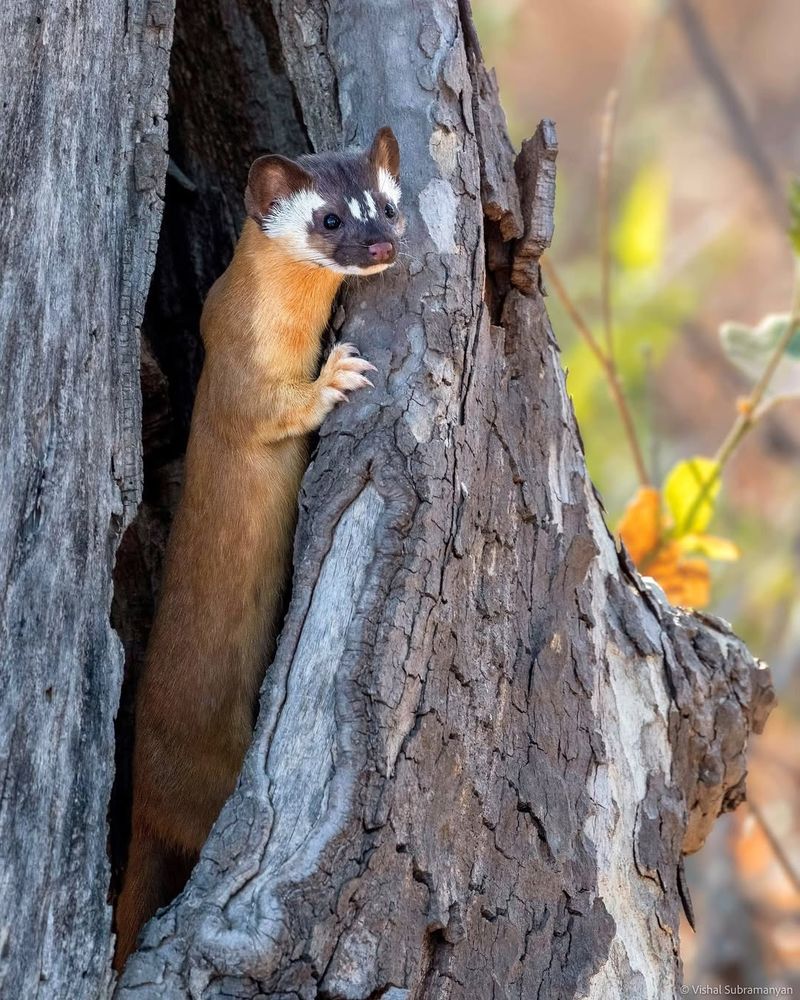
Weasels are small but surprisingly effective hunters, known for their agility and speed. These predators can catch prey much larger than themselves, and hummingbirds are no exception.
Weasels will sometimes target hummingbirds as they hover or rest, using their quick reflexes and stealth to capture their prey. Though not a common predator, weasels’ opportunistic nature means they will take advantage of any available food source.
2. Tarantula
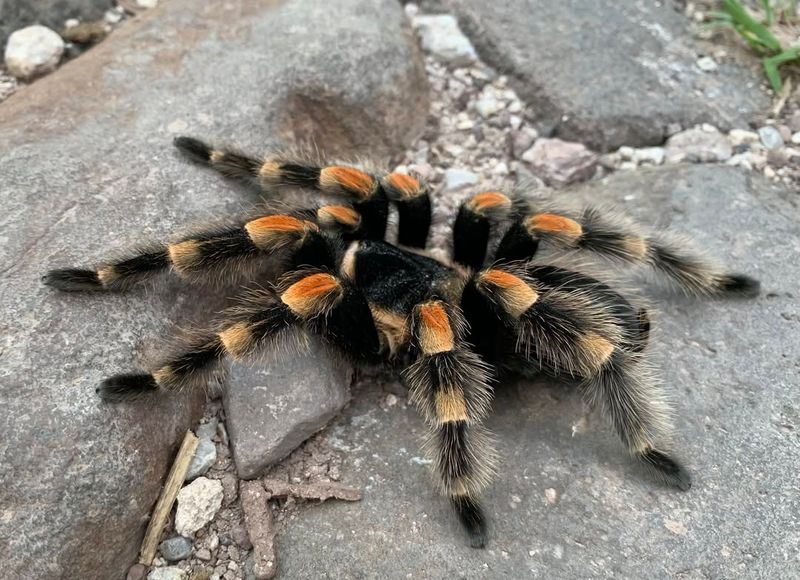
Tarantulas, often feared for their size and appearance, are also predators that can hunt and capture hummingbirds.
Although they primarily feed on insects and small vertebrates, larger species of tarantulas have been known to ambush and consume small birds like hummingbirds. With their powerful legs and sharp fangs, they are capable of delivering a lethal bite to immobilize their prey before devouring it.
3. Praying Mantis
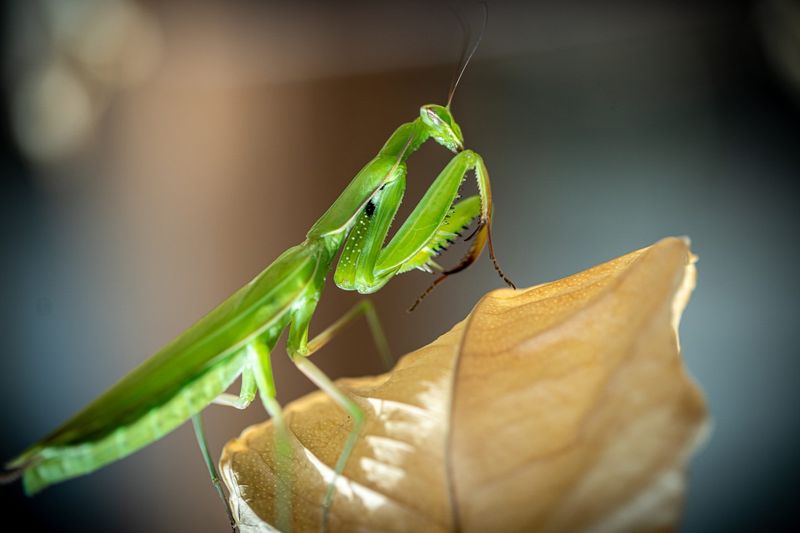
The praying mantis is a highly skilled predator with sharp forelegs that it uses to capture and hold onto prey, including hummingbirds. While they primarily feed on insects, larger species of mantids are capable of catching small birds in mid-air.
Their ability to remain perfectly still and then strike with incredible speed makes them formidable hunters. The mantis’ predatory behavior is often a shocking sight, as its ambush tactics can take down prey that seems much larger than it.
4. Blue Jay
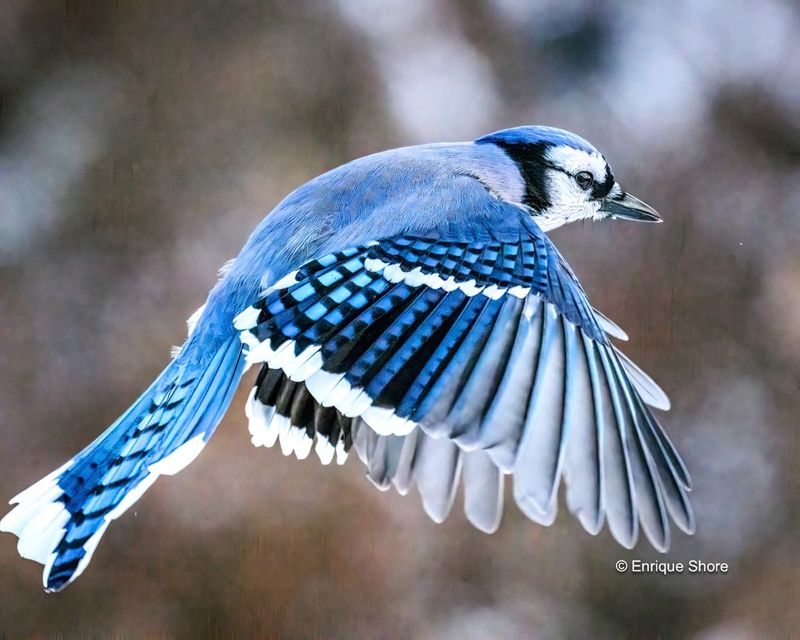
Blue Jays, with their intelligence and sharp beaks, are known to be opportunistic predators. While they typically feed on seeds, nuts, and small insects, they will also target hummingbirds, especially during their nesting season.
Blue Jays are known to raid nests and have been observed attacking and killing hummingbirds. Their aggressive nature and ability to chase off other birds make them formidable threats to smaller species.
5. American Kestrel
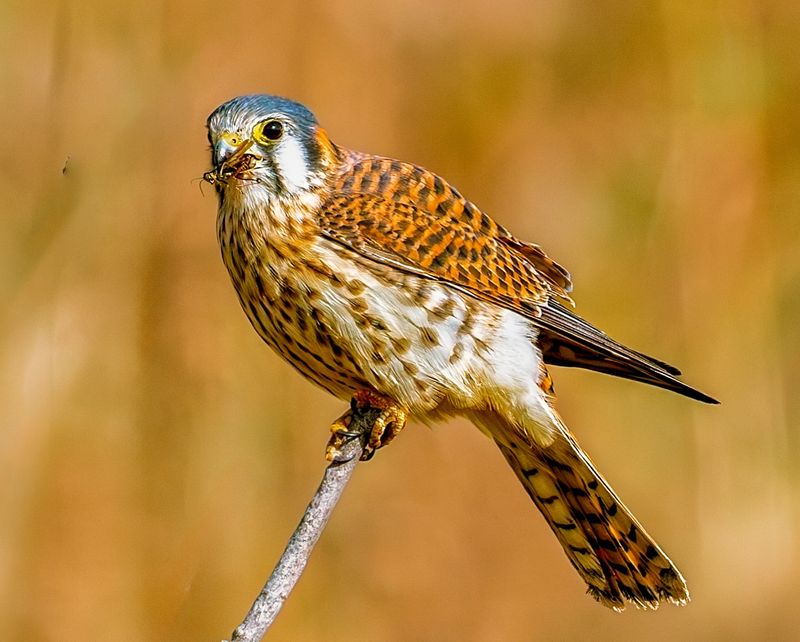
The American Kestrel, a small falcon, is an efficient and agile hunter. Known for its speed and precision, the kestrel is capable of catching small birds, including hummingbirds, mid-flight.
Its keen eyesight allows it to spot prey from a great distance, and its swift dive gives it a significant advantage when hunting. While it primarily feeds on insects and small mammals, the kestrel will not hesitate to target a hummingbird if the opportunity arises.
6. Bullfrog
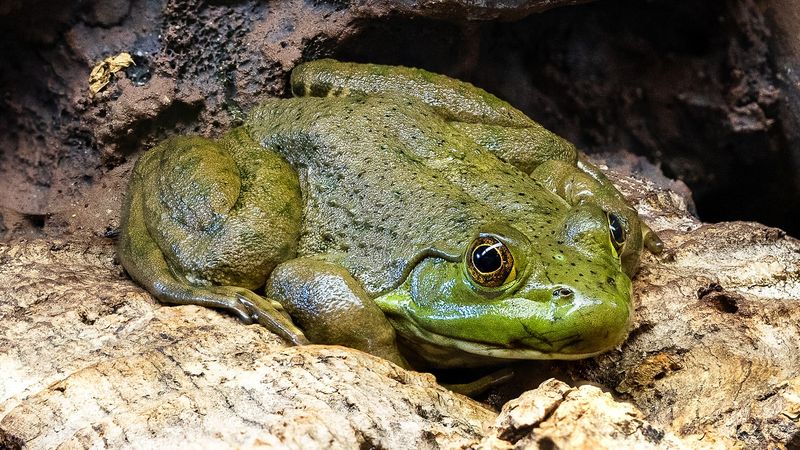
Though bullfrogs are primarily known for being aquatic predators, their powerful hind legs and ability to leap make them capable of catching hummingbirds in flight. Bullfrogs often sit in wait near water sources and, when the opportunity arises, will snap up a passing bird.
Their large mouths and voracious appetite allow them to consume a variety of prey, including small birds, insects, and amphibians.
7. Green Anole
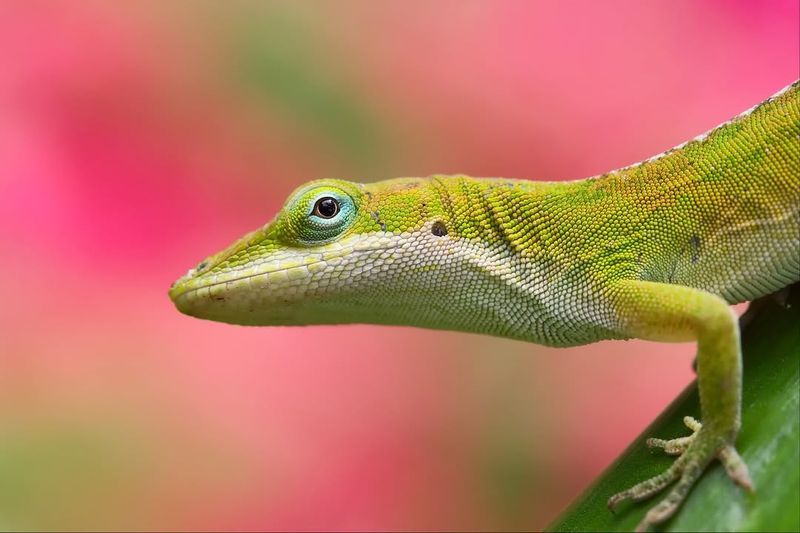
Green anoles are typically insectivores, but they have been known to catch hummingbirds, especially when they are perched on branches or resting.
These small reptiles are quick and stealthy, and their ability to blend into their environment allows them to sneak up on their prey. Anoles are often found in areas where hummingbirds feed, and their predatory behavior can be a surprising threat to these tiny birds.
8. Garden Spider
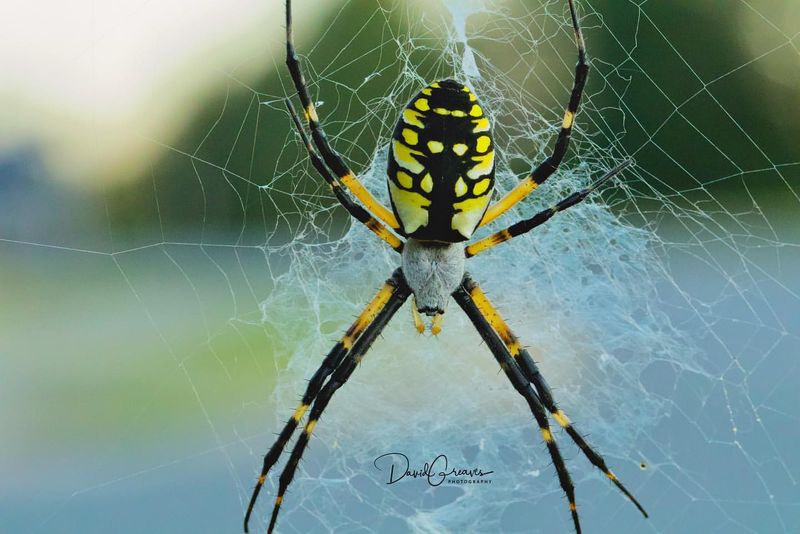
Garden spiders, particularly larger species, are capable of capturing small birds like hummingbirds in their webs. These spiders spin incredibly strong, sticky webs that are designed to catch flying insects, but in rare cases, a hummingbird may become ensnared.
The spider then injects venom to immobilize its prey and begins to consume it. While garden spiders generally target insects, their powerful webs and hunting tactics make them a surprising threat to small birds.
9. Sharp-shinned Hawk
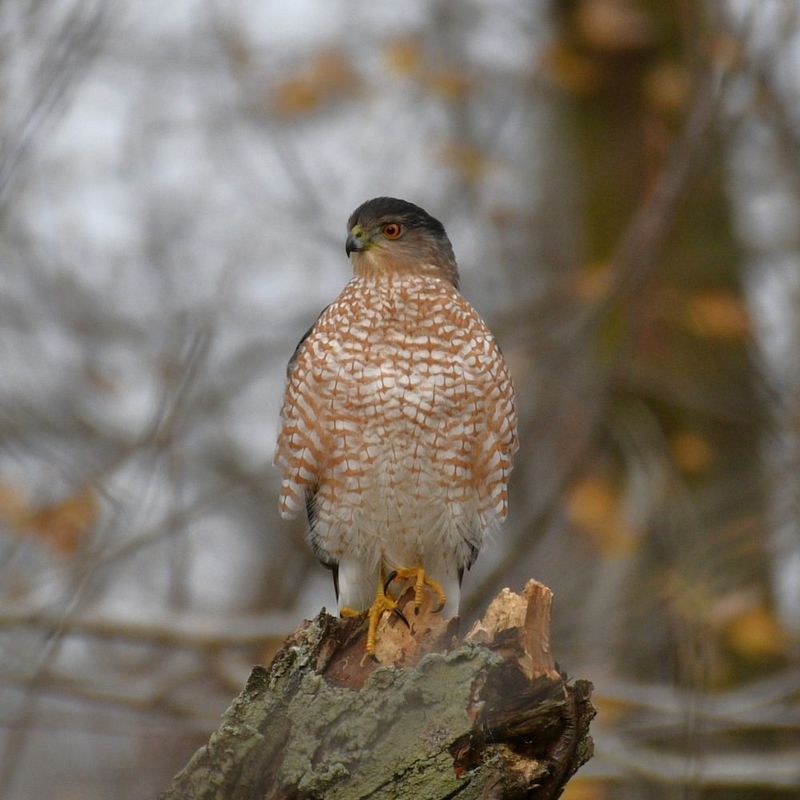
The sharp-shinned hawk is a small but highly efficient predator that preys on smaller birds, including hummingbirds. With its rapid flight and excellent maneuverability, this hawk is able to dart through dense foliage and catch birds mid-flight.
Known for its aggressive hunting style, the sharp-shinned hawk will not hesitate to target a hummingbird if it’s in the right place at the right time. Its sharp talons and powerful beak make it a formidable bird hunter.
10. Cooper’s Hawk
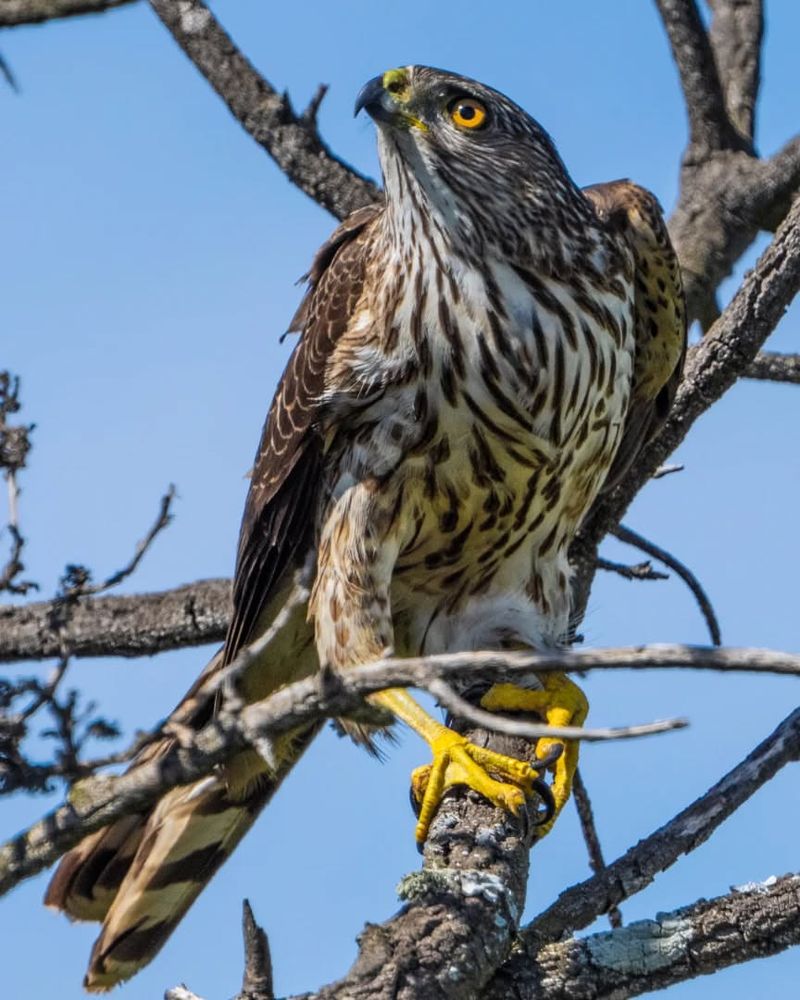
Cooper’s hawks are larger than sharp-shinned hawks and are known for their ability to hunt smaller birds. With their long tail and short, rounded wings, they are adept at navigating through forests and catching prey in flight.
Cooper’s hawks will often target hummingbirds, especially those feeding at flowers or resting on tree branches. Their swift and silent approach makes them an effective predator, able to ambush unsuspecting birds in mid-flight.
11. Snake
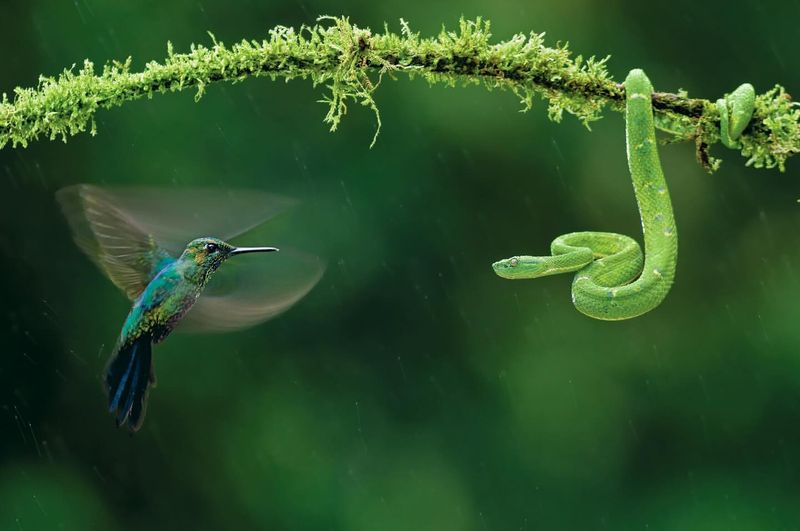
Snakes, particularly tree-dwelling species like the green tree snake, are capable of catching hummingbirds when they venture close enough to their nests. With their ability to slither quietly and remain camouflaged, snakes can be an unexpected threat to small birds.
Once a hummingbird is within reach, the snake strikes quickly, using its speed and constriction to overpower the bird. While not a common predator of hummingbirds, snakes can pose a significant threat when their paths cross.
12. Squirrel
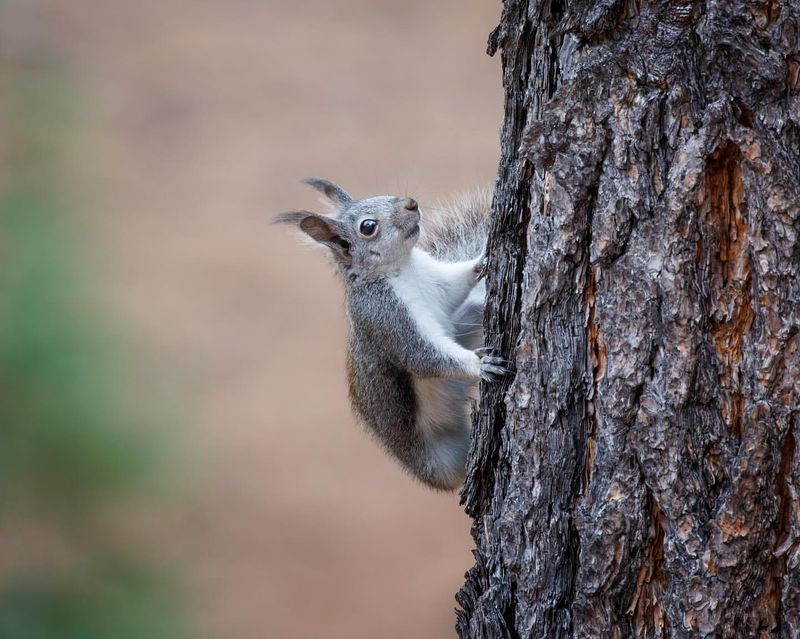
Though squirrels are more commonly known for eating nuts and seeds, they can occasionally become predators to smaller creatures, including hummingbirds. Squirrels are opportunistic feeders, and if they come across a hummingbird’s nest or resting spot, they may attempt to attack or eat the eggs or young birds.
Their sharp claws and quick reflexes allow them to climb trees and raid nests, making them a potential threat to hummingbirds.
13. Cat
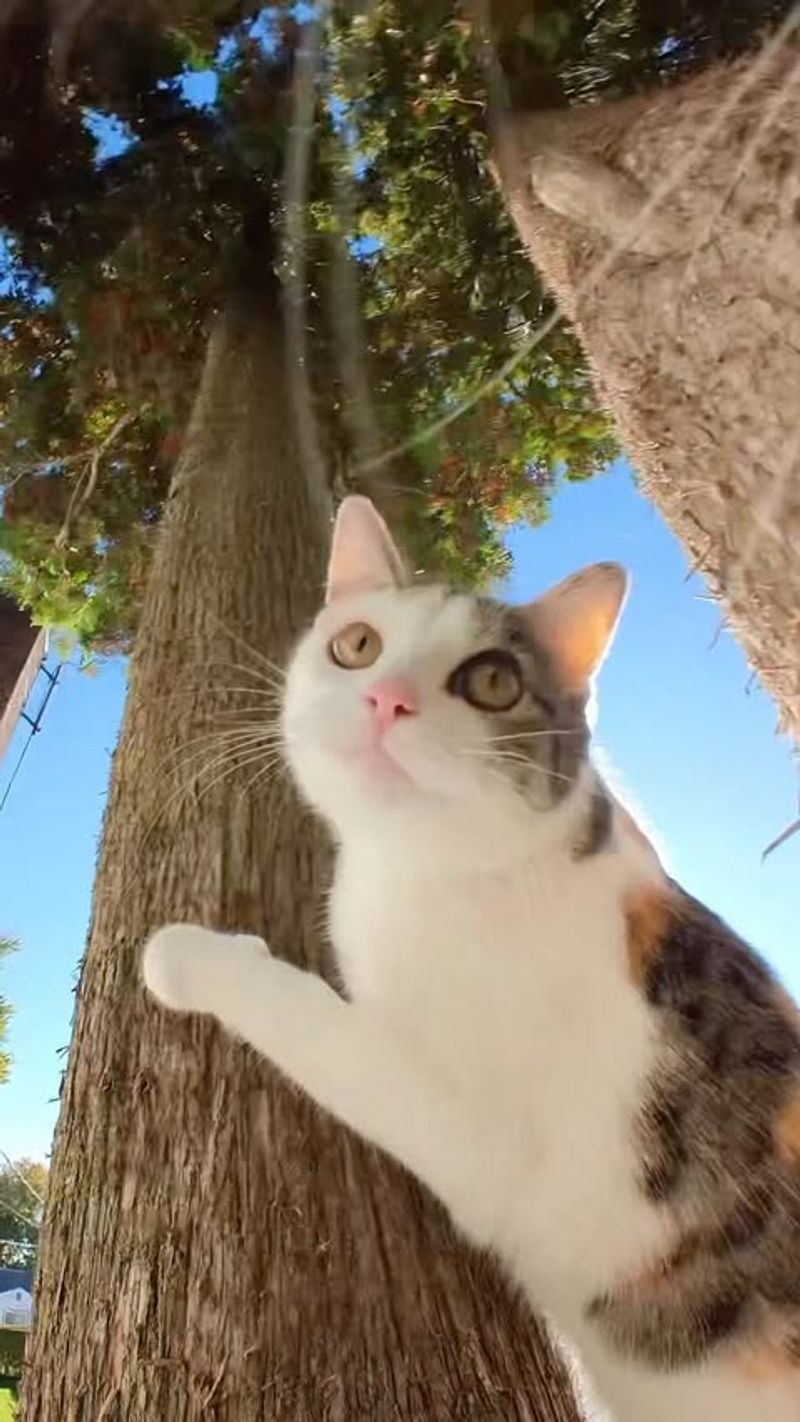
Domestic cats, though beloved as pets, are natural hunters and are one of the most common predators of small birds, including hummingbirds. Their stealth and speed make them deadly hunters, and they can easily catch a hummingbird in flight or while perched.
Cats have sharp claws and teeth designed for killing, and their hunting instinct often leads them to target smaller, more vulnerable animals like hummingbirds. Their presence around gardens or bird feeders can pose a serious risk to local bird populations.
14. Large Dragonfly
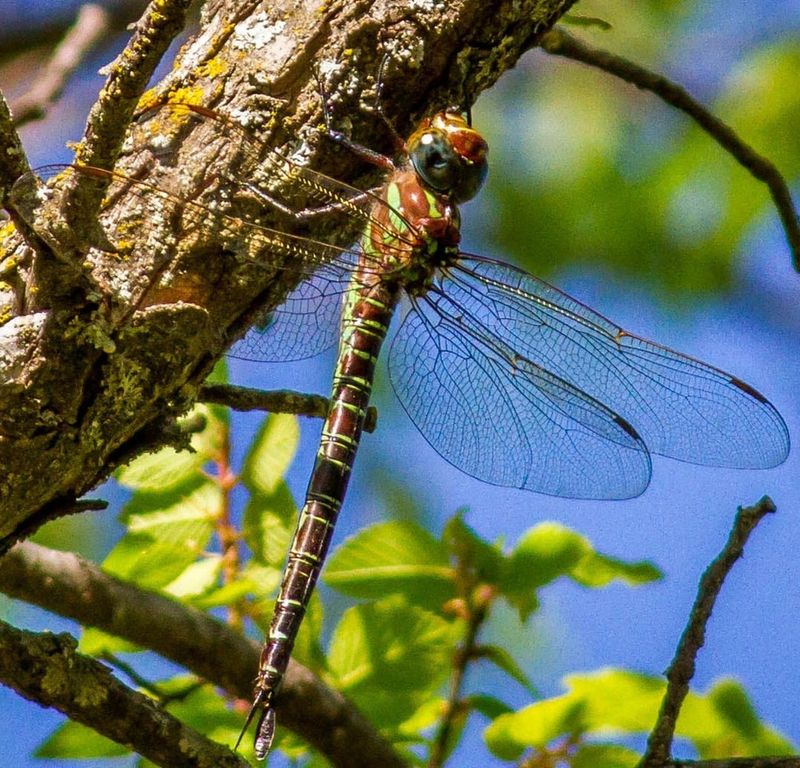
Large dragonflies, with their incredible speed and sharp mandibles, are capable of catching and feeding on small insects and even hummingbirds.
While dragonflies typically prey on insects, certain species have been observed capturing small birds. Their ability to fly at high speeds and their quick reflexes make them effective predators, and in some instances, they may target hummingbirds if the opportunity arises.
15. Bat
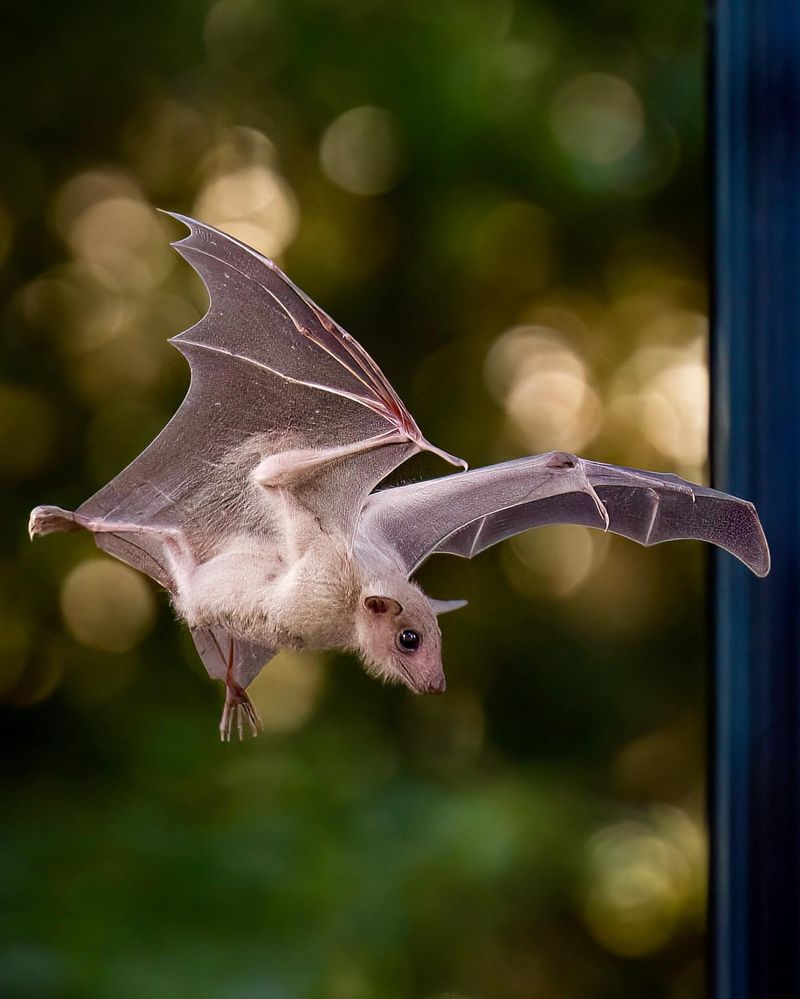
Bats, especially the larger species, have been known to hunt small creatures, including hummingbirds, particularly at dusk or dawn when hummingbirds are less alert.
These nocturnal predators use their echolocation to navigate and locate their prey, and while they usually feed on insects, some bats may target smaller birds. Their ability to fly silently and their sharp teeth make them formidable hunters, capable of catching hummingbirds mid-flight.
16. Crow
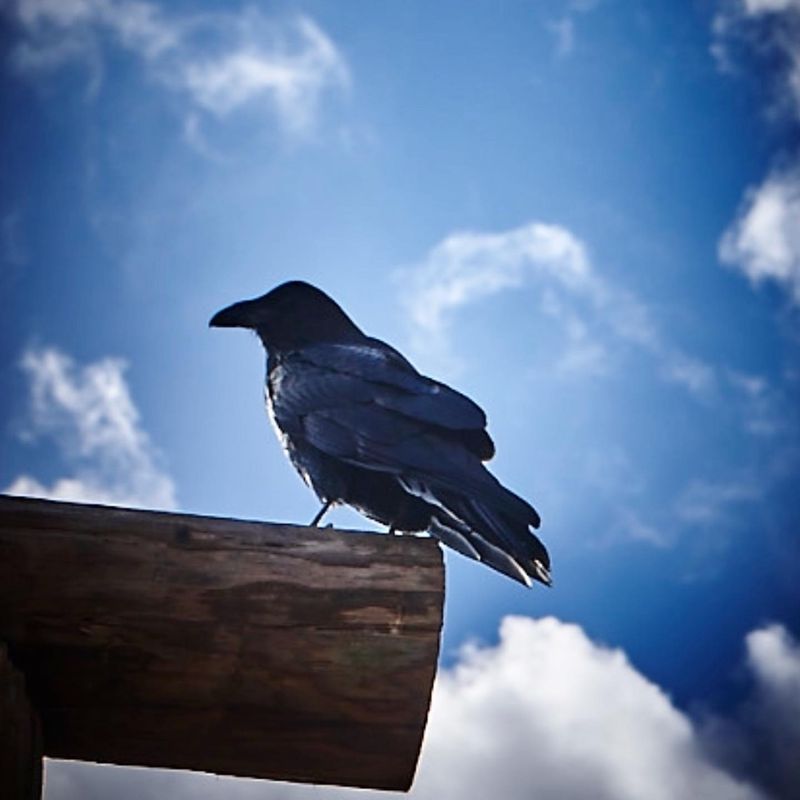
Crows are highly intelligent birds and are known to be opportunistic feeders. They have been observed attacking hummingbirds, particularly when they are nesting. Crows will often raid nests and prey on the eggs, chicks, or even adult birds.
Their sharp beaks and aggressive behavior make them formidable competitors for smaller birds, and their ability to adapt to different environments allows them to exploit a variety of food sources, including hummingbirds.
17. Owl
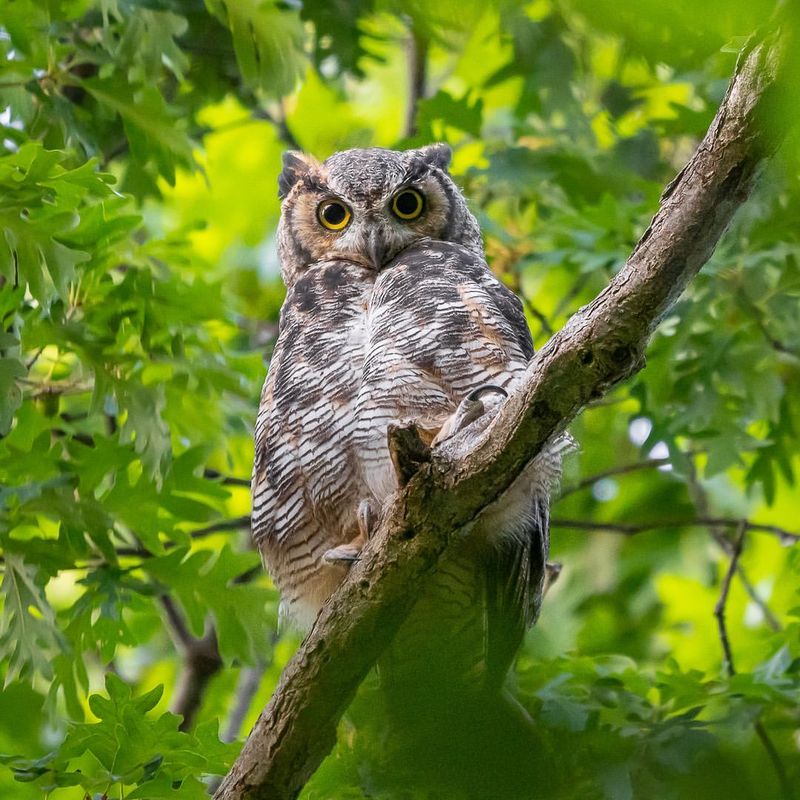
Owls, with their keen hunting skills and exceptional night vision, are capable of capturing small birds like hummingbirds, particularly in the early morning or late evening hours.
Their silent flight and powerful talons make them effective predators of birds that are not as active at night. While they typically hunt larger prey, owls have been known to target small birds, including hummingbirds, when the opportunity presents itself.

